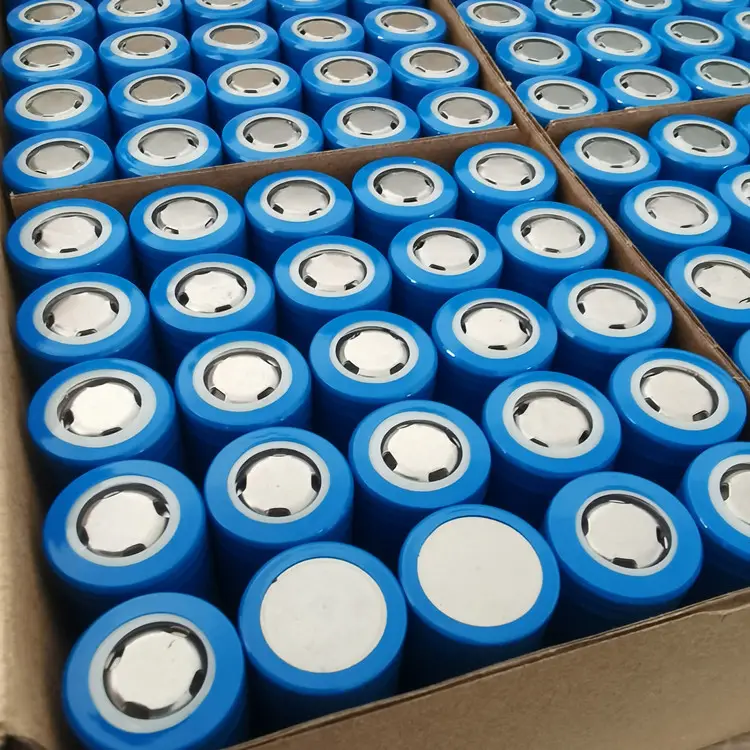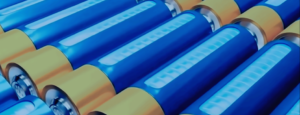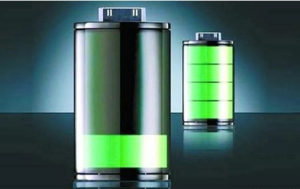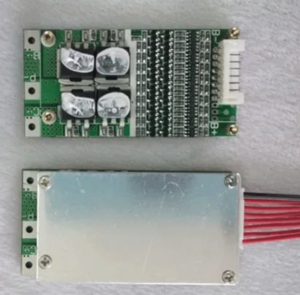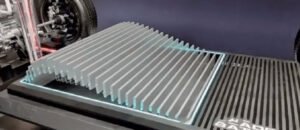三. Types of lithium-ion battery separators

There are many types of lithium-ion battery separators, the common ones include the following:
1. Polypropylene (PP) diaphragm: This is currently the most commonly used diaphragm material. Polypropylene separators have excellent chemical resistance, good thermal stability, and mechanical strength, while possessing moderate ion selectivity and electrical conductivity.
2. Polyimide (PI) diaphragm: Polyimide diaphragm has high thermal stability and chemical stability, and can maintain stable performance in high temperature environment. Due to its high pressure resistance, polyimide separators are often used in batteries with high energy density and high power requirements.
3. Polyethylene (PE) separator: PE separators have high ion conductivity and good mechanical strength, and are often used in specific types of lithium-ion batteries, such as supercapacitors and lithium-sulfur batteries.
4. Composite ceramic diaphragm: The composite ceramic diaphragm is made of ceramic fiber reinforced polymer substrate, which has high mechanical strength and heat resistance, and can resist high temperature and physical damage.
5. Nanoporous diaphragm: Nanoporous diaphragm utilizes the excellent ion conductivity of the nanoporous structure, while meeting good mechanical strength and chemical stability, and is expected to be applied in lithium-ion batteries that require high power and long life.
These separators of different materials and structures can be selected and optimized according to different battery designs and performance requirements.
四. Performance requirements of lithium-ion battery separator
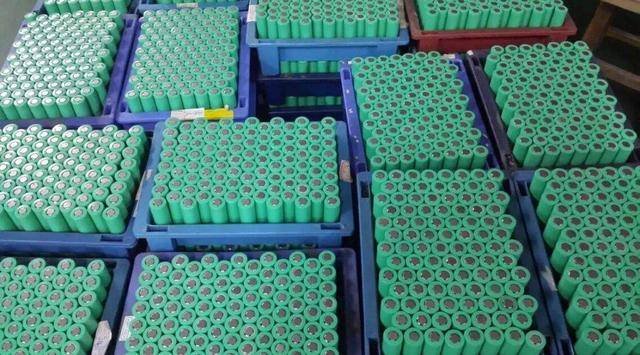
A Li-ion battery separator is a critical component with the following performance requirements:
1. High electrolyte conductivity: The separator must have high electrolyte conductivity to facilitate ion conduction between the positive and negative electrodes, thereby enabling efficient charging and discharging of the battery.
2. Excellent ion selectivity: The separator needs to have good ion selectivity, which only allows the transmission of lithium ions and prevents the penetration or reaction of other substances in the battery.
3. Good thermal stability: The separator needs to have good thermal stability, be able to maintain structural stability under extreme conditions such as high temperature or overcharge, and prevent problems such as thermal runaway or electrolyte evaporation.
4. Excellent mechanical strength and flexibility: The separator needs to have high mechanical strength and flexibility to prevent problems such as edge shorts or internal damage, and to be able to adapt to the expansion and contraction of the battery.
5. Good chemical resistance: The diaphragm needs to have good chemical resistance, which can resist the corrosion or pollution of the diaphragm by the electrolyte, gas and impurities in the battery.
6. Low resistance and low permeability: The separator should have low resistance and low permeability to reduce the resistance loss and electrolyte loss inside the battery.
The performance requirements of lithium-ion battery separators are high electrolyte conductivity, excellent ion selectivity, good thermal stability, excellent mechanical strength and flexibility, good chemical resistance, low resistance and low permeability. These performance requirements can ensure battery safety, cycle life, and energy density.

